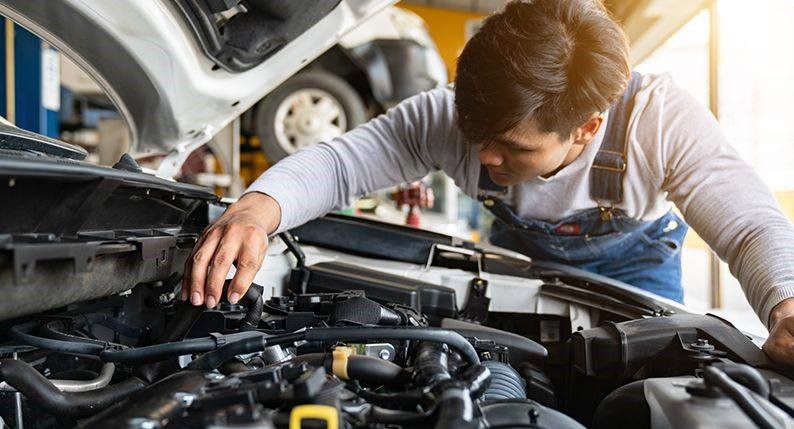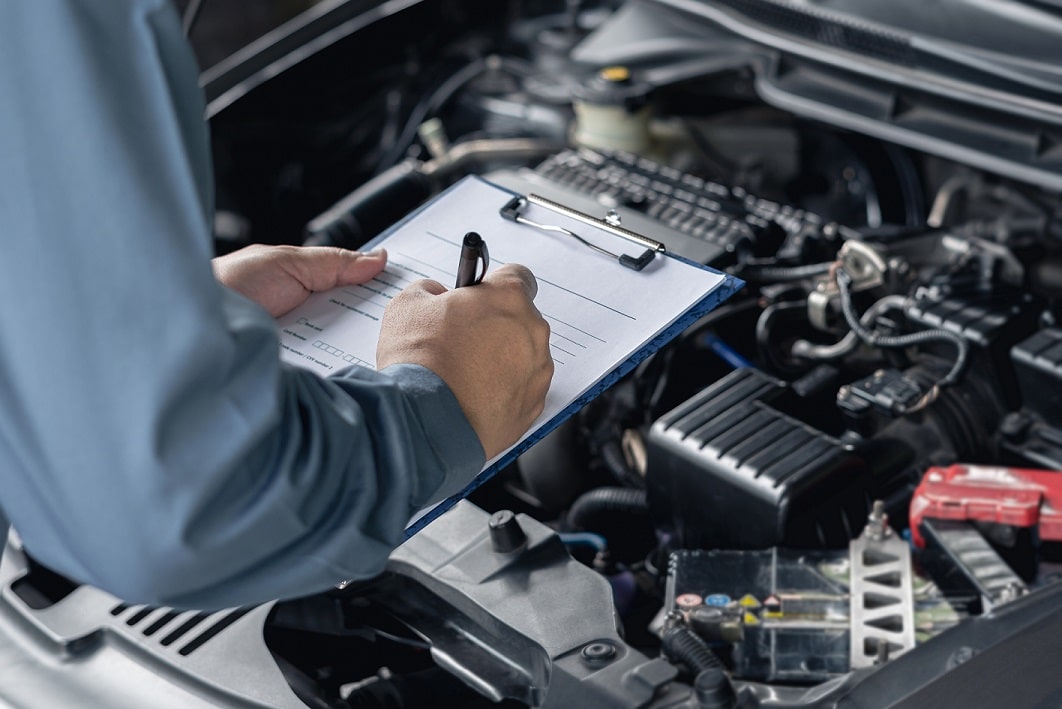Featured

Few points are more alarming for a vehicle driver than the unexpected illumination of the check engine light (CEL) on the control panel. While it might set off immediate problem, comprehending what this light represents can empower you to deal with the circumstance efficiently. Allow's explore the feasible reasons behind the CEL and the steps to settle it.
What Does the Inspect Engine Light Mean? The CEL belongs to your car's onboard diagnostics (OBD) system. It keeps an eye on a variety of systems within the automobile, including exhausts, fuel performance, and total engine performance. When the system spots a mistake or abnormality, it triggers the CEL to inform the driver.
Solid Light: Indicates a non-critical issue, such as a small sensor breakdown. Nevertheless, it still requires attention to stay clear of lasting damages. Blinking Light: Signals an extreme problem, like an engine misfire, that needs immediate interest to stop substantial damages. Common Factors for the Examine Engine Light. Below are a few of one of the most regular causes of a CEL, varying from straightforward to complicated:
Loose Gas Cap:

A damaged or loosened gas cap can disrupt the gas system, activating the light. This is just one of the easiest problems to fix-- simply tighten up or change the cap. Oxygen Sensing Unit Failing:
The oxygen sensing unit measures the air-to-fuel proportion for optimal combustion. A malfunctioning sensor can result in lowered gas performance and greater discharges. Stimulate Plug or Ignition Coil Concerns:
These parts are necessary for the burning process. Worn-out spark plugs or malfunctioning coils can create misfires and harsh engine efficiency. Catalytic Converter Problems:
This part reduces unsafe exhausts from your vehicle. Failing to resolve other engine issues can lead to catalytic converter damage. Mass Airflow (MAF) Sensing Unit Failing:
The MAF sensing unit ensures the correct amount of air blends with gas. An unclean or failing MAF sensing unit can reduce power and gas effectiveness. Steps to Take When the CEL Comes On. Do Not Panic:
Take a minute to observe your vehicle's efficiency. Is it driving normally, or exist signs and symptoms like reduced power or odd sounds? Examine the Gas Cap:
Tighten or reseat it if essential. This straightforward fix resolves lots of CEL circumstances. Use an OBD-II Scanner:
Connecting in a scanner gives particular problem codes that recognize the trouble. Lots of automobile parts shops supply this solution for complimentary. If Required:, visit an Auto Mechanic.
If the CEL continues to be on or flashes, have a professional check your cars and truck. Postponing repair work might result in much more expensive fixes. Preventative Procedures to Prevent CEL Issues. Routine Maintenance:. Comply with the manufacturer's routine for oil modifications, ignition system replacements, and air filter cleaning. Examine Key Parts:. Periodically inspect your gas cap, belts, and tubes for wear or damages. Use Quality Fuel and Oil:. Premium products can stop deposit buildup that might impact sensors and engine parts. Why You Ought To Resolve the CEL Without Delay. While it's appealing to neglect a strong CEL, procrastination can cause extreme repercussions. What begins as a small issue-- like a loosened gas cap-- can evolve into costly repairs. Addressing the light early guarantees your car stays reliable and safe.
Verdict. The check engine light is not a reason for instant panic, but it should never ever be neglected. Recognizing its purpose and prospective triggers outfits you to make informed choices, whether it's a quick gas cap adjustment or a journey to your mechanic. With correct upkeep and timely action, you can keep your auto running smoothly and prevent unnecessary repairs.
Latest Posts
Streamline Your Trade-In Experience with Ron Marhofer Hyundai
Published Apr 20, 25
1 min read
Taking advantage of Your WyHy Bank Account
Published Apr 20, 25
1 min read
Specials & Discounts: Save on Professional Repairs at Montclare Auto Repair
Published Apr 20, 25
2 min read